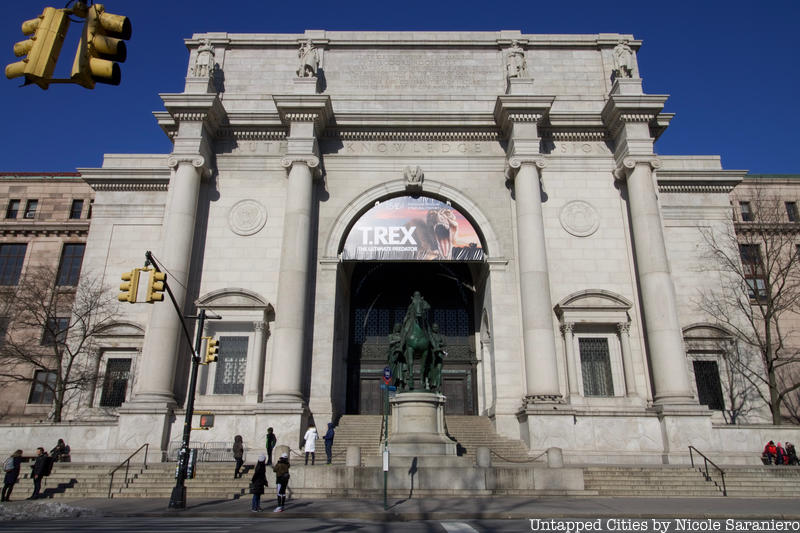9. The American Museum of Natural History Jewel Heist

On the night of October 29, 1964, two Miami beach boys crept into the grounds of the American Museum of Natural History while a spotter drove a Cadillac around the museum block. The two men made their way into the J.P. Morgan Hall of Gems and Minerals and managed to get away with 24 priceless (and remarkably uninsured) gems, including the Star of India (the world’s largest sapphire), the Star of India (the world’s largest black sapphire), and the De Long Star Ruby, considered the world’s most perfect ruby.
The theft of the gems, which had an equivalent worth of $3 million today, severely exposed the lax security at the museum. Much to the geology curator’s dismay, it was revealed that the display-case burglar alarm had been dead for months. Moreover, the tops of all the gem halls’ 19 exterior windows were left open two inches overnight for ventilation, and none of them had burglar alarms.
The thieves, along with another accomplice were swiftly arrested due to their own indiscretion after the heist. The jewels, however proved to be more elusive. While the the Star of India, the Midnight Star, and the De Long Star Ruby were all found, only 10 of the 24 stolen jewels have to this day been recovered.





